
The Dyle et Bacalan DB-70 was a large three engine French airliner with a thick airfoil centre section which accommodated the passengers. Two fuselages, part of the centre section at the front but distinct further aft, carried the empennage. First flown in 1929, only one was built.

The Dyle et Bacalan DB-10 was a heavy night bomber, designed in France and flown in 1926. It was a twin engine, high wing, metal frame monoplane, distinguished by a very thick centre section wing which formed the forward fuselage and housed the engines.

The SAB AB-20 was a large four engine twin boom French bomber built in the early 1930s as a development of the Dyle et Bacalan DB-70 airliner. It featured a lifting body of thick airfoil section between the inner engines. It was later modified for the attack role; a second aircraft, the AB-21, had different engines and cleaner aerodynamics but no more were built.

The Potez 37 was a two-seat, long range reconnaissance aircraft built to compete for a French government contract. It flew in mid-1930 but did not win the competition, so only two were completed.

The Société Aérienne Bordelaise (SAB) was an aircraft manufacturing company based in Bordeaux, France. The predecessor company, Société de Travaux Dyle et Bacalan had been founded in 1879.

The Dyle and Bacalan DB-20 was a heavily armoured, all-metal, French ground attack aircraft built in the late 1920s.

The Lorraine-Hanriot LH.70 or S.A.B. LH.70 was a French trimotor designed to a 1930 government programme for a colonial policing aircraft. Only two were built.

The Dewoitine D.430 was a three-engine, high-wing monoplane designed for policing and other roles in France's colonies. It did not go into production.
The Bloch MB.141 was a French all-metal two seat light aircraft derived from the Bloch MB.81 air ambulance. Only one was built.

The Nieuport-Delage NiD 580 R.2 was a contender for a French government contract for a long range, two seat reconnaissance aircraft, issued in 1928. There were eight prototypes in the 1931-2 contest and the NiD 580 was not selected for production.

The Dewoitine D.480 was a French single engine side-by-side sports and training aircraft built in the early 1930s. Two were completed and flew with several different radial engines. One remained active through the 1950s.
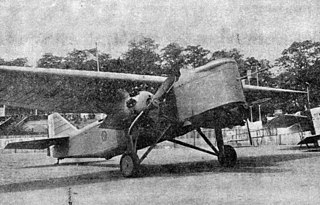
The Wibault 220 or Wibault R.N.3 220 was a twin-engined French night reconnaissance aircraft. Two were built in 1930 to a government contract.
The Morane-Saulnier MS.300 and MS.301 were French parasol wing introductory trainer aircraft, first flown in 1930. They differed only in engine type. Neither reached production but were developed into two similar trainers, the MS.230 and MS.315, which were made in large numbers.
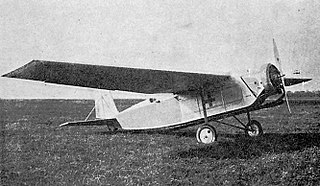
The Guillemin JG.40 was designed and built to meet a French government requirement for a small air ambulance capable of operating in the colonies. Two were completed and performed well but the JG.40 did not reach production.
The Potez 42 was designed and built in 1930 to meet a French government requirement for a small air ambulance capable of operating in the colonies. It did not reach production.
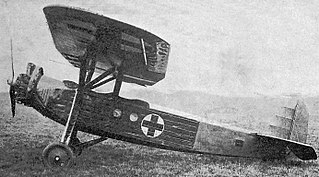
The Lorraine-Hanriot LH.21S was designed and built in 1930 to meet a French government requirement for a small air ambulance capable of operating in the colonies. It did not reach production.

The CAMS 80 was an amphibious reconnaissance flying boat flown in the early 1930s. Two were built with different engines and were used by the Aéronavale for VIP transport and equipment development until 1938.
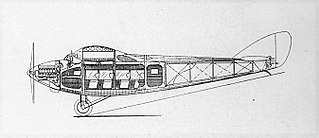
The Nieuport-Delage NiD 540 was a high wing, eight seat, single engine airliner, built in France and first flown in 1930. It did not reach production.
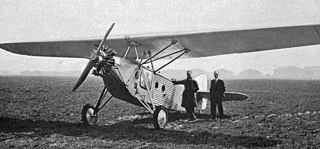
The Hanriot H.46 Styx was a French, single-engined, parasol wing aircraft which could equally be configured for training, liaison or ambulance roles; in the latter form it was able to accept a patient on a stretcher. Several different engines were fitted and flown but the type did not reach production.
The Muniz M-5 was the first of Antonio Guedez Muniz's aircraft designs to fly; soon afterwards he became the first Brazilian to design an aircraft which reached series production. The sole example of the M-5, built while he was a student in France by Caudron, was a low wing cabin tourer or military liaison aircraft.

















